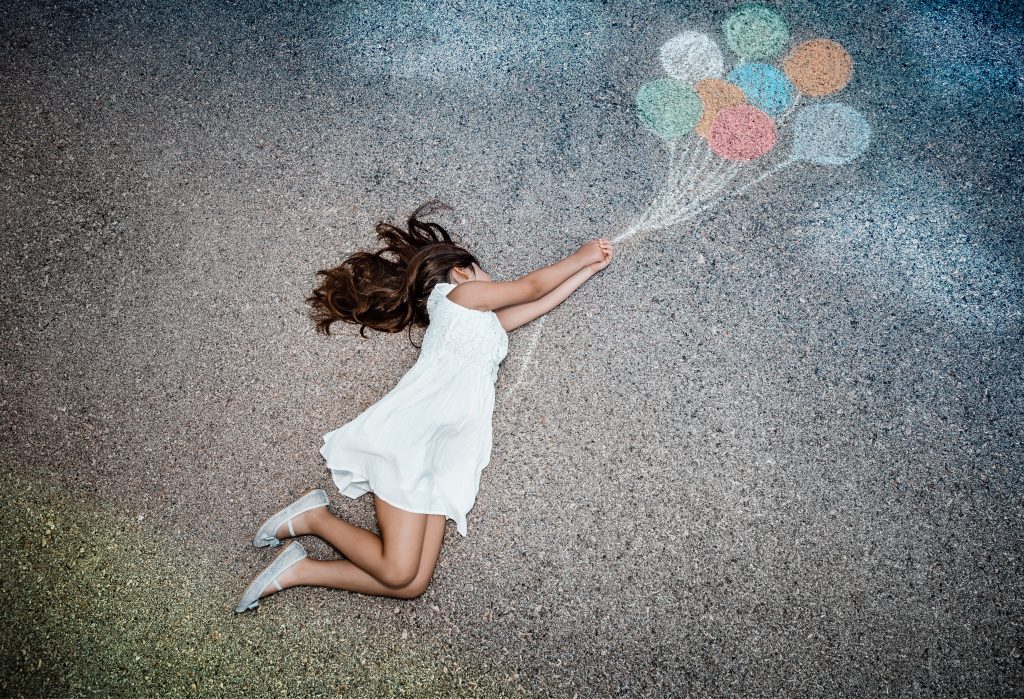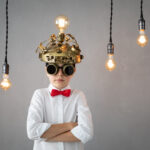Can you recall a joyful moment? Go ahead. Pick any joyful moment in the past. Within your imagination—your mind’s eye—look around and see where you are. Take in a deep breath and smell where you are.
What does it smell like? What do you hear? What is next to you? What does it feel like? Was there food or drink in your experience? If so, what does it taste like? Put down the book, close your eyes, and just stay there for a moment and re-experience this joyful moment from your past.
Were you able to fully experience this memory with all of your senses (sight, touch, sound, taste, smell)? If you were able to recall most of the sensory memories, then you may have been more deeply engaged with those senses during the actual experience.
If you were having trouble recalling the sensory experience—what you heard, tasted, or saw—it might have been because there was no deep engagement during the actual event. Your brain didn’t hold onto the information of the event because all of your senses weren’t being fully activated during the original experience.
Creative thinking largely depends on your ability to have multiple perspectives and combine ideas in a new way. In order for this to happen, we need to be able to retrieve these ideas—this previously stored information.
If it’s filed away with more sensory cues, like a file folder with more handles, the more likely it is to be retrievable for our creative process. When you experience something that you wish to recall later on, you will be able to better retrieve it, if you experienced it with all your senses.
The future will thank you.
Many highly creative people exhibit this ability to take in information through all their sensory gateways and work toward creating this synthetic awareness for cultivating a multi-sensory experience, whenever they can. Experiencing a symphony of the senses, they excel in something we call synesthesia.
Association Synesthesia
Association synesthesia. Big word, I know. It basically means the combining and usage of multiple senses at once. Now this ability seems to be present in at least half of all children but is only present in about 10 percent of adults.
Do you see a trend here?
That’s why we coach adults to return to their child-like-genius-thinking ability, which includes their ability to be multi-sensical. Because, as the French philosopher Maurice Merleau-Ponty clearly puts it, “Synesthetic perception is the rule.” He further noted, “We unlearn how to see, hear, and generally speaking, feel.”
If this is true, if the ability to activate multiple senses at once is inherent in most of us, then we may all have the ability to regain and reclaim this fusion of our senses for creative thought and intercultural connection.
Yes, reawakening your individual senses is a critical part of reigniting your creative thinking but allowing an interfusion of those senses takes it to a whole other level. As with anything, the more you practice, the more it becomes a part of who you are. You are a multi-sensory individual. It’s how you should be flowing through life.
Throughout the CAFFE Strategies in-person and online training, it’s an amazing experience to guide people to reconnect their synthetic perception into their observational practice. Being able to physically observe, through a multi-sensical platform, is important for intercultural creative interactions, especially since those observations are already confounded with cultural cues/elements.
How can we expand our creative interactions? Maybe try taking a dance class if you play a musical instrument, or if you’re a dancer, try a painting class. The arts help you observe through multiple methods of communication and increase your attention to detail; it forces you to observe, feel, and think. Let’s be fearless today and revive some of our dormant creative senses.





